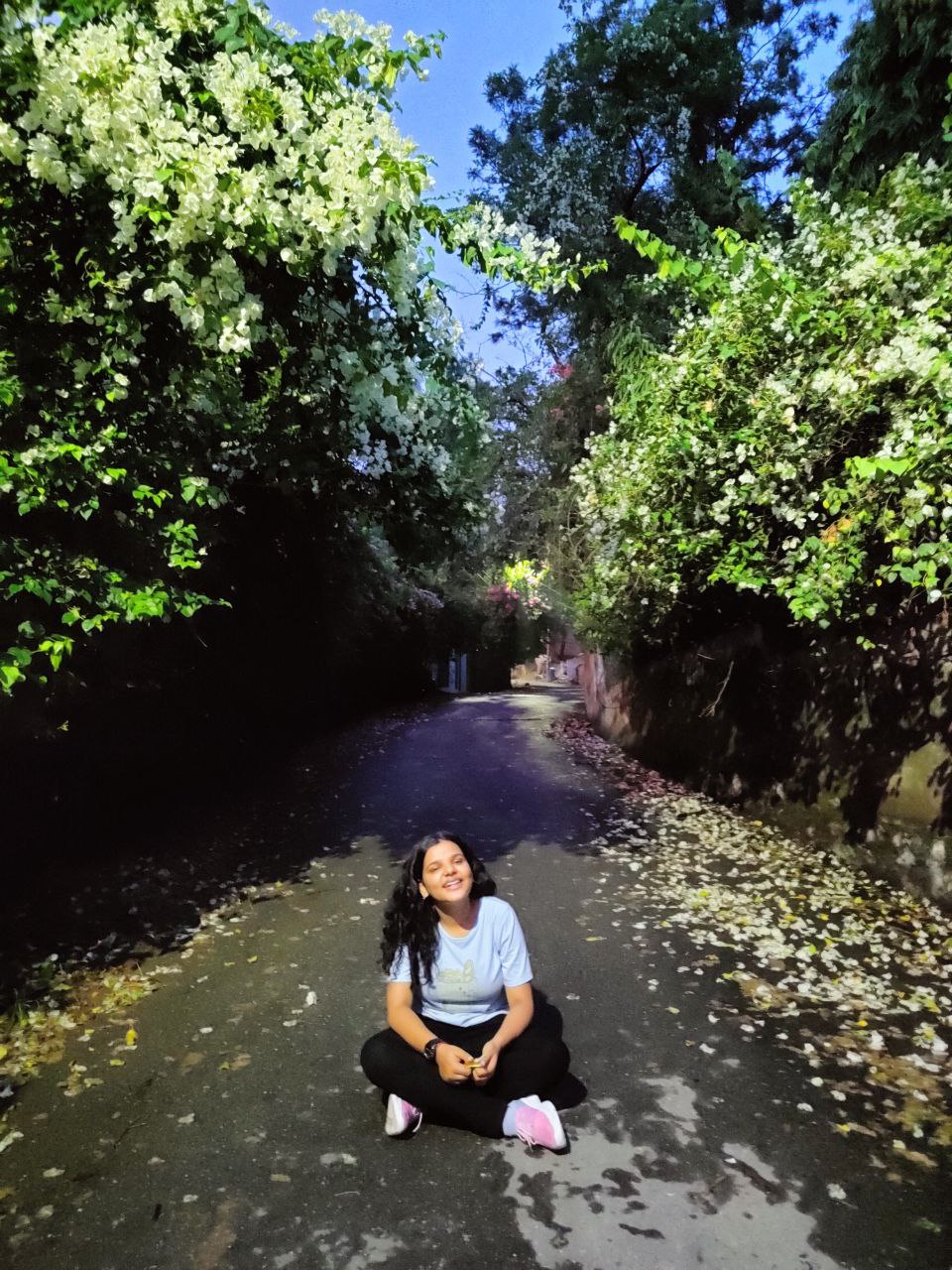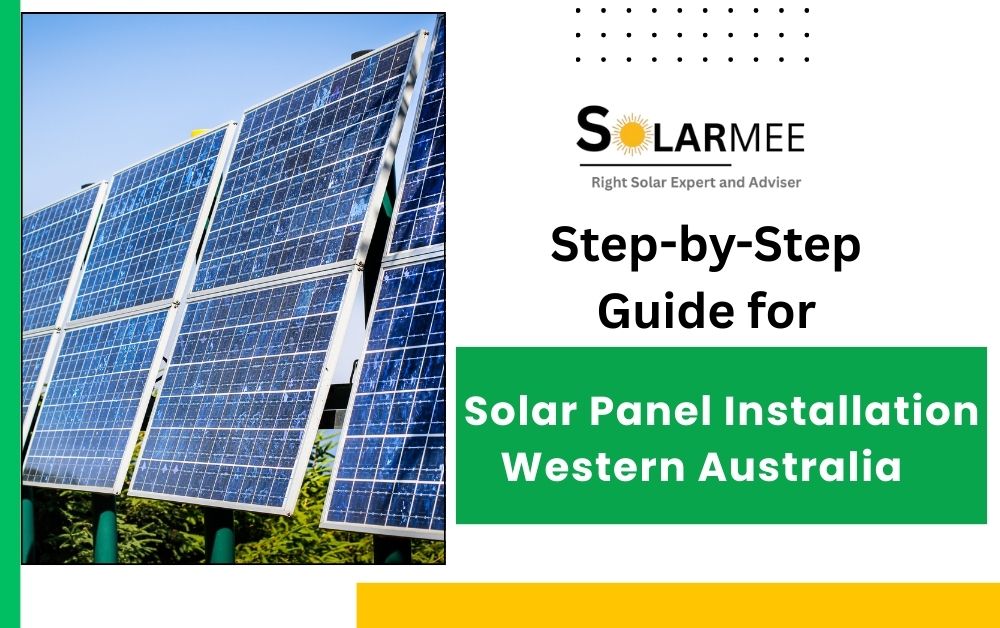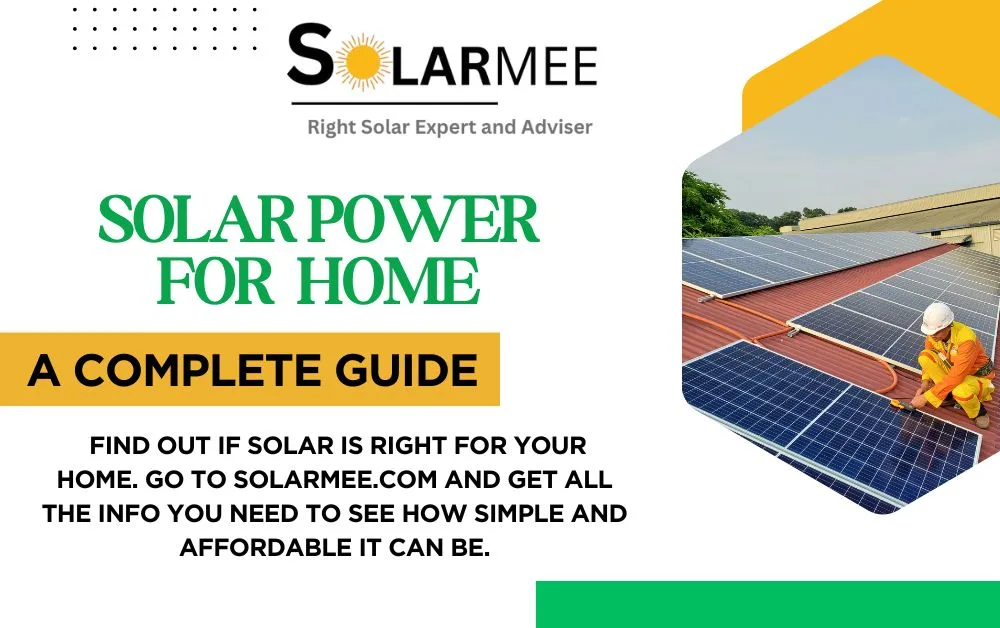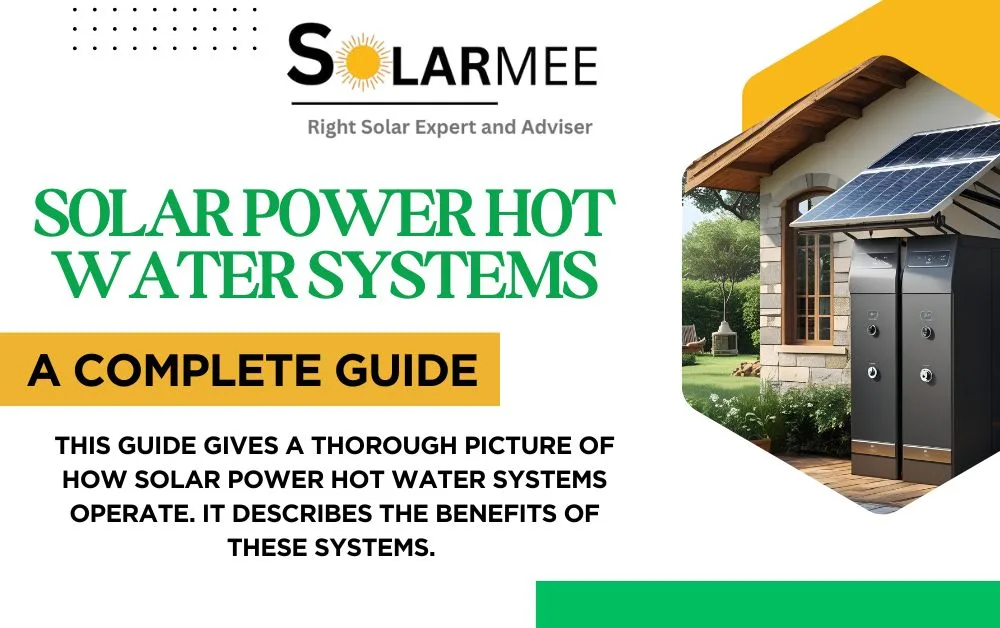Solar energy use in Western Australia appears to be climbing. Many households and small firms seem to look for cheaper, greener power. The solar push, therefore, gains speed because regions have sunshine. Panels get put up often, likely because prices drop and government grants help. Owners may still hope to trim their electricity bills. Yet, some wonder about long‑term maintenance costs. And maybe future tech will lower them further and lower the cost barrier.
It is worth knowing how to install solar, whether a person is new to solar or is trying to upgrade. To enable individuals to make wise decisions, this blog provides a step-by-step instructional guide on installing a solar panel, accompanied by lots of helpful tips and reviews. This guide will make it easier to go on a path to clean energy at home, whether it is the best system size or the functionality of the setup.
Why Solar Power is Booming in Western Australia
The solar energy sector in Western Australia is on a boom due to the high incentives and rebates offered by the government as a means of making the transition to solar cheaper. These programs allow the reduction of the initial expense of installing solar panels, and frequently incorporate feed-in tariffs, so that even homeowners generating additional power to the utility can make a profit. This funding will motivate most individuals to abandon the costly conventional energy and shift to energy independence.
One of the most significant reasons why solar is extremely popular is cost savings. Having their own electricity, families save huge sums of money on monthly payments and are partially protected against increases in prices. In addition to monetary values, solar panels have environmentally friendly advantages of minimizing the use of fossil fuels. This replacement will reduce the emission of greenhouse gases, thus creating a cleaner and greener environment for all.
Also Read: Step-by-Step Guide for Solar Panel Installation in South Australia
Understanding Solar Panel Installation Basics
Solar panel installation refers to the process of installing solar panels and other associated equipment on a site to harness the sun and convert the energy to useful electricity. This entails site appraisal, roof preparation, panel fitting, wiring, and connection to the electrical system. The process is varied in Western Australia depending on the requirements of the property and energy consumption.
Residential solar panels are made for a house and often strive to meet that house’s power needs; business arrays, however, are considerably bigger and frequently necessitate more sophisticated designs and permissions for a company or factory.
A homeowner should first inspect the roof’s sturdiness and upkeep before placing panels. Shading is another factor; trees or nearby buildings might cut the power output. Some people believe a north‑facing roof catches more sun, though this may appear to depend on the local climate. Therefore, strong mounting is required for long‑term performance. Understanding these points could keep the system efficient and last longer for suburban owners today. It also helps lower monthly bills for families.

Step-by-Step Solar Panel Installation Guide
Step 1: Site Assessment & Energy Audit
The installer will start by checking your roof to ensure that it is the correct size, shape, and structure, and that it does not have any shading by trees or buildings, since it influences solar efficiency. They will also determine your present energy consumption by examining your electricity bills to know the amount of power that you use every day.
This will assist in the development of the appropriate solar system that meets your roof and serves your home effectively. The appropriate installation of the roof and solar panels is critical in this preliminary stage to have maximum solar gain.
Step 2: Choosing the Right Solar Panel
| Panel Type | Efficiency | Cost | Durability | Suitability for WA Climate |
| Monocrystalline | High (18–22%) | Higher | Very Good | Best for limited roof space, handles high heat well |
| Polycrystalline | Moderate (15–17%) | Moderate | Good | Cost-effective, works fine in warm sunlight |
| Thin-Film | Lower (10–13%) | Lowest | Moderate | Less efficient, flexible, but not ideal for WA’s hot conditions |
Step 3: Designing the System & Getting Permits
Then, the system is created according to energy requirements. This involves the selection of an appropriate size, an inverter, and perhaps some battery backup to store the energy. The State of Western Australia manual councils before it can be installed, it needs local council approvals and permits. Such licenses guarantee that your system is up to a safety and connection standard.
Step 4: Installing Mounts & Panels
Mounting racks are firmly attached to your roof by installers to enable them to be stable and wind-resistant. Panels in WA are usually placed at a north orientation to help maximize the amount of sunlight during the day, which increases energy generation. The installation of the solar panel and roof in this case is aimed at ensuring that the maximum amount of sunlight gets in and that the roof retains its integrity.
Step 5: Wiring & Inverter Connection
The solar panels are wired with electricity to the inverter inside your home. Safety is paramount, and that is the reason why the licensed electricians are guided by strict measures to keep the earthing and protection against electrical faults.
Step 6: Grid Connection & Testing
Lastly, the system is linked to the power grid or battery store, depending on your needs. Once installed, the inspection is done to confirm that everything is as per the standards of Australia. Upon authorization, the system will be set on and will be capable of producing solar energy efficiently.
Costs of Solar Panel Installation in Western Australia
The cost of installing solar panels in Western Australia will depend on the system size, among other factors, in 2025. In smaller systems such as a 3kW system, the cost normally falls between 3,170 and 4,040. The costs of a 5kW system are approximately between 4040 and 5, 490 hence making it an affordable system that numerous houses would invest in. A larger system of 10kW can cost between $7,500 and approximately 10,770 with rebates and incentives after breaks and offers.
There are several variables influencing the cost of installing solar power in WA. Solar panel brand does matter, and higher efficiency levels and extended warranties can be more expensive in the short-term but potentially more cost-effective in the longer-term. The roof type is also a factor; the complex or steep roof can add to the cost and difficulty of installation. One thing that matters is the installer’s reputation and skill, which may mean the price goes up.
A firm with lots of projects, like the company that put panels on my neighbor’s house, could charge more but likely gives more reliable service. Therefore, you should get several quotes to try and hit a fair balance between cost and quality. Also, keep in mind the expense could be paid back over the years by lower electric bills and greener energy checks. Some homeowners even notice their thermostat settings improve slightly, too.

Choosing the Best Solar Panels & Installers in Western Australia
How Do the Top Brands Stack Up?
LG panels are reputed to be hyper reliable with powerful warranties (typically 25 years or even more), and customers report that the quality is one above the world. LG is a luxury option, which is excellent when price is not one of the concerns, but LG can be more expensive.
SunPower panels (the Maxeon series in particular) are also considered state of the art, having the highest efficiency (as high as 22 percent) and a huge warranty (40-year warranty on some models). They are durable and work well, though, again, they demand a high price.
These panels are reliable and economical, and as such, Jinko is super popular throughout WA. They are supposed to run better in the hot sun in Perth and have been tested to withstand bad weather. You will not achieve the very best of efficiencies, but you will get massive bang-to-buck and plenty of positive reviews from the Australian customers.
Canadian Solar panels are ones that individuals use in the quest to have good performance and value. They usually have a good warranty (approximately 10-15 years product, 25 years performance), and they have many more satisfied buyers, but they are at the middle range in terms of efficiency with the rest.
What Makes a Good Installer?
The choice of a good installer is no less important than that of the right panels. Always make sure that the installer is a CEC-accredited installer (Clean Energy Council). This certification implies that they are trained and they abide by the Aussie rules, and this is a requirement in case you want a government rebate. Search firms that have too many positive customer reviews, a strong history, and attempt to obtain a few quotes to compare price and quality. Always avoid choosing the cheapest, but quality and proper setup count a lot in this case.
Friendly Buying Tips
- Inquire about panel and workmanship warrants (seek at least 10 years).
- Ensure that the system is CEC accredited, as well as the installer.
- Read actual reviews of customers on other websites such as ProductReview or SolarQuotes.
- There is no need to be afraid to ask a lot of questions regarding the effectiveness of the panels and what will happen in case of failure.
Maintenance, Insurance & Lifespan of Solar Panels
Some basic maintenance may go far since the solar panels are fairly low-maintenance. Particularly in dusty areas, cleaning them every few months helps ensure that they remain in excellent condition for continued use. Wipe it off with a soft brush using soapy water, and do not scratch the glass. Do not shoot them with a high-pressure hose of water; a small spray from a hose is sufficient. During the cleaning, look at cracks, loose wires, etc.
It is also important to keep the tree branches trimmed so that they do not create shade. Should your electricity ever reduce significantly, it will be an indication to call in a professional to do an inspection. The majority of installers suggest that a professional check should be done once a year or once in two years, simply to detect these things that cannot be seen by ordinary eyes.
Most solar panels have the capacity to last between 25 and 30 years,,s but cannot simply die on a particular day; they gradually lose their efficiency. A 10-20% reduction of power may be seen over 25 years, but good brands tend to be warrantied at 25 or longer for performance, and 10-12 years for build quality.
In the case of insurance in Western Australia, the majority of home policies will cover rooftop solar panels as part of the building and include damage, whether caused by storms or fire. It is prudent to revise with the insurance company and inform them onofhe panels- in some cases, it may be necessary to have it on the policy, and accidental damage in most cases may not be covered.
Also Read: Step-by-Step Solar Panel Installation in Queensland
Conclusion
Installation of solar panels is done in stages, which begin with evaluating the amount of energy required, the suitability of your roof, authorization, and proceeding to the next stage, mounting of panels, wiring, setting up the inverter, and finally connecting to the grid. Through a particular solar panel installation manual, the house owners will be better placed to understand how everything will be done between the planning of the process and the production of clean energy.
The investment will lead to the minimization of the costs of electricity, energy security, and a decrease in the carbon footprint; thus, the investment is cost-effective and, simultaneously, long-term sustainable. It is never wise enough to ignore the recommendation of a skilled installer before making a decision, and to enjoy the long-term benefits of clean energy.

“Hi, I’m Ishita ,a content writer who loves turning ideas into engaging stories. I specialize in writing blogs, articles, and website content that connects with readers. Over the past few years, I’ve worked with startups and companies to create clear, creative, and impactful content. When I’m not writing, you’ll usually find me reading or exploring new ideas for my research. This website is my space to share my work and connect with people who value quality writing.”




